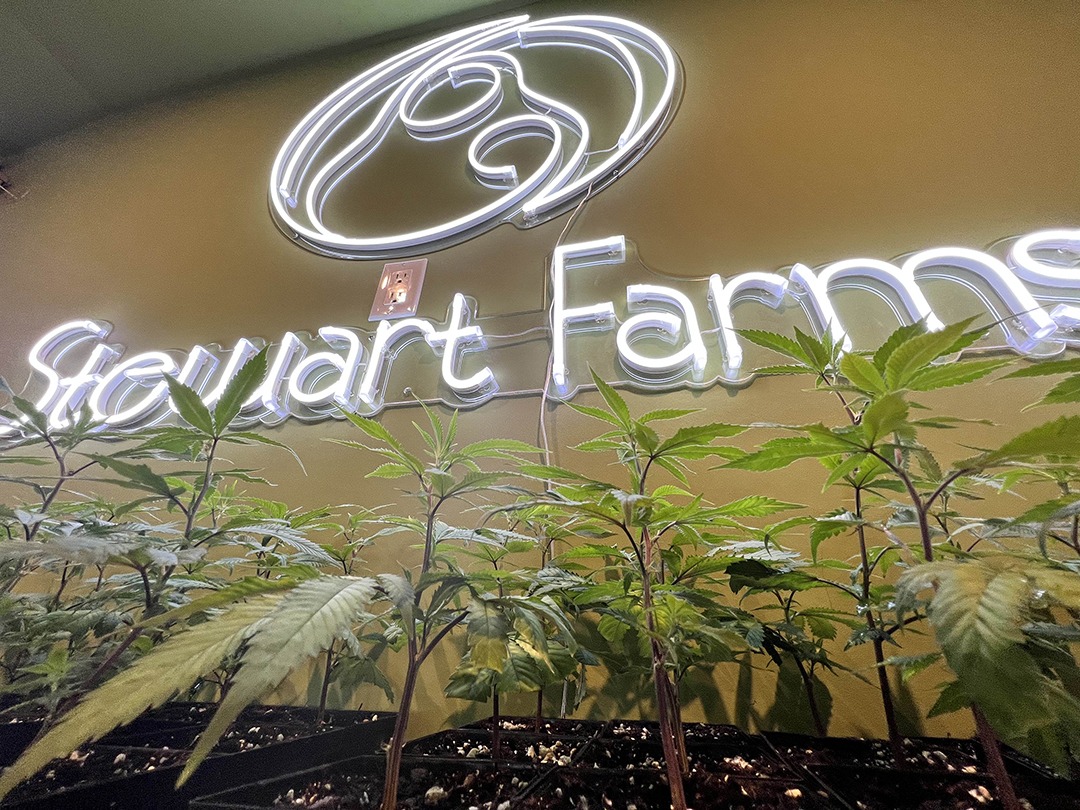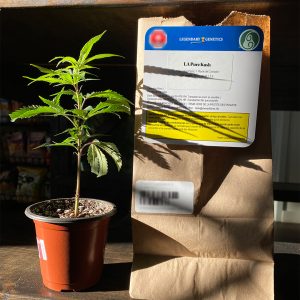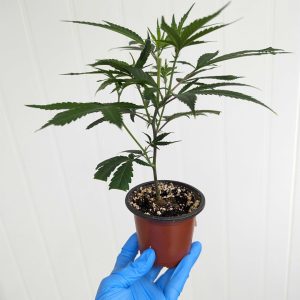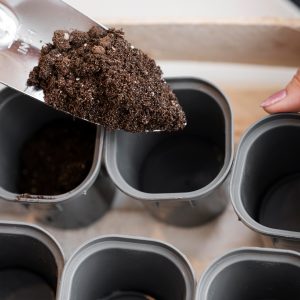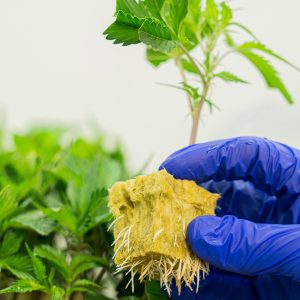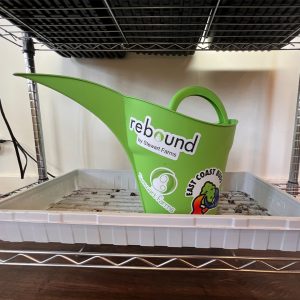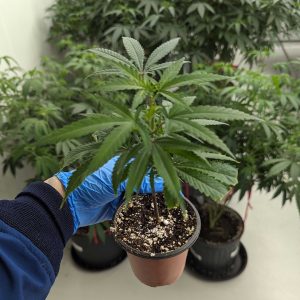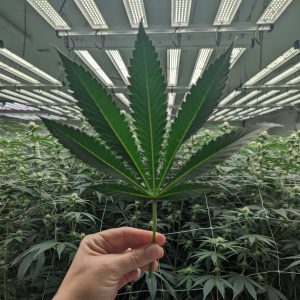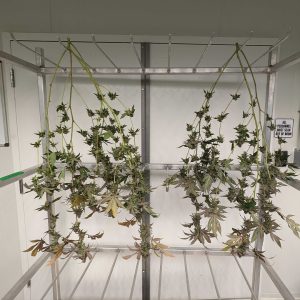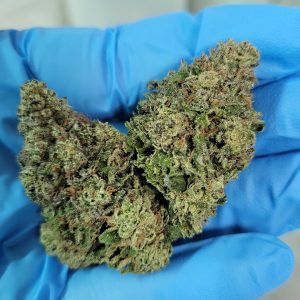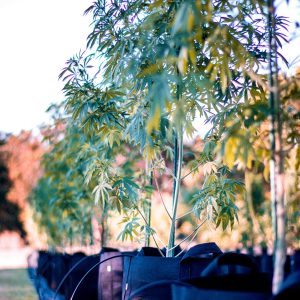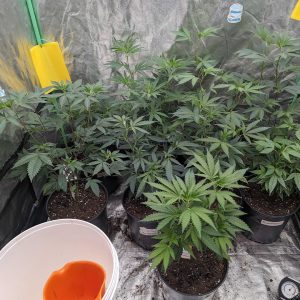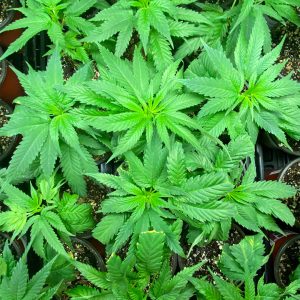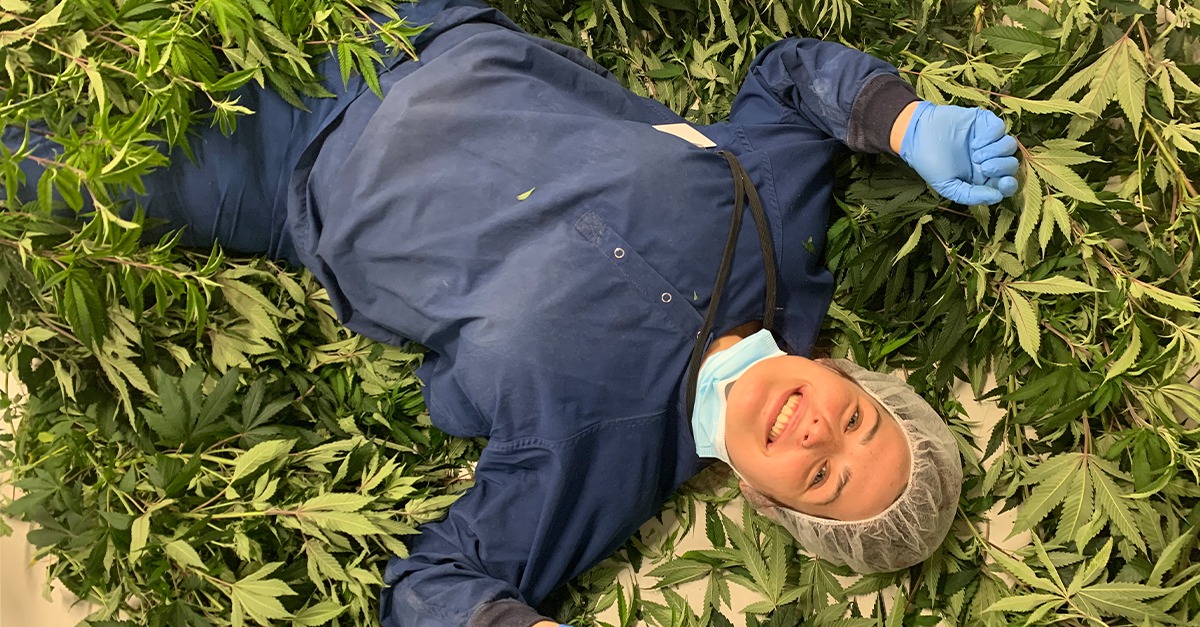
Growing cannabis from clones can be both exciting and rewarding, offering a way to cultivate your favorite strains with consistency and precision. However, it can also be a complex process that requires careful attention to detail. Whether you’re a novice or an experienced grower, proper care of your clones is essential for ensuring optimal growth and maximizing yields.
In this step-by-step guide, we’ll walk you through the process of taking your clones from their initial stages to healthy, mature plants ready for harvest. With tips from our cultivation team, spread throughout, this article is designed to empower you in cultivating your own thriving garden.
Selecting Clones from Stewart’s Herbal Dispensary
Since legalization, the public has several options to purchase cannabis clones, including from Stewart’s Herbal Dispensary.
At Stewart’s Herbal Dispensary, we take pride in offering a diverse selection of healthy cannabis clones sourced from our robust genetic library. When choosing clones, consider factors such as growth time, expected potency, and yield to find varieties that suit your preferences and growing environment. You should always do your research before selecting your clones, but lucky for you, our helpful budtenders are trained by one of Canada’s top cultivation teams, so you’re in good hands!
Eash season, Stewart Farms offers a unique variety of cannabis strains to the public. So, depending on the time of the year, different options will be available to you.
